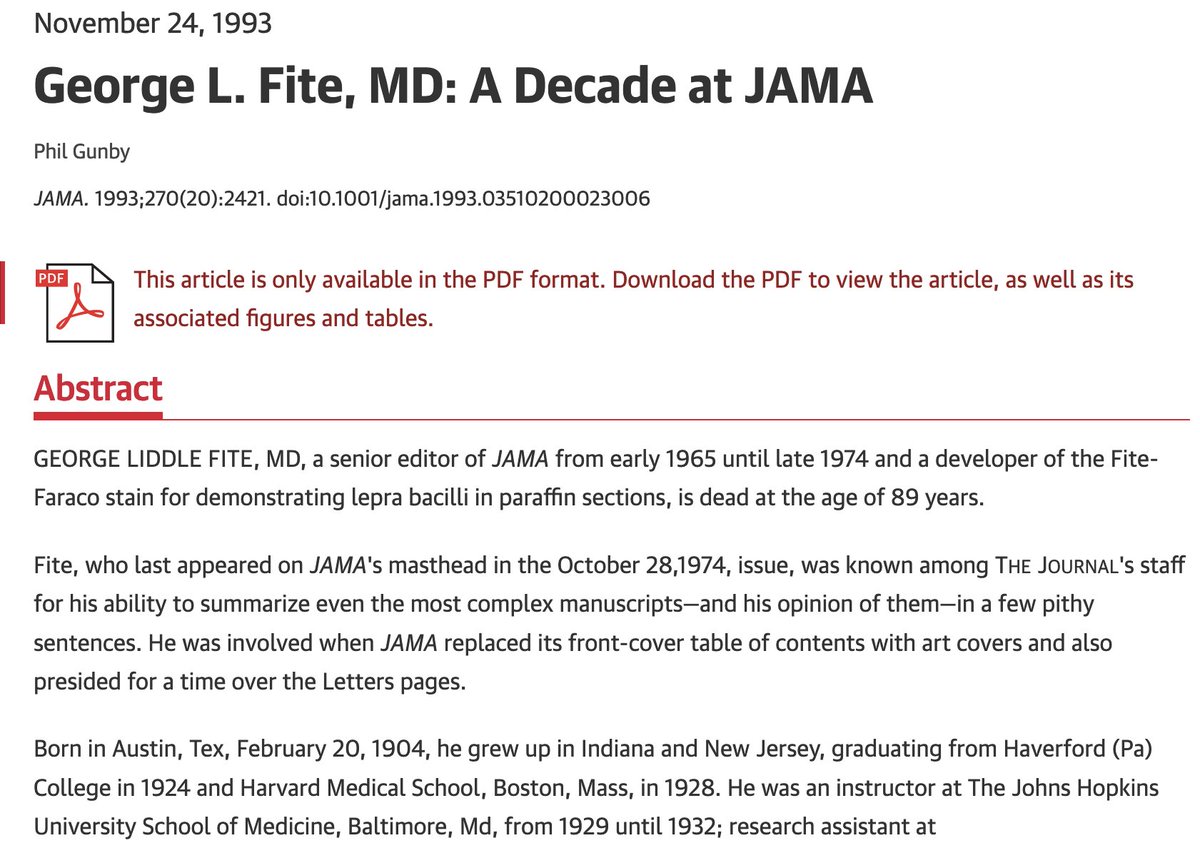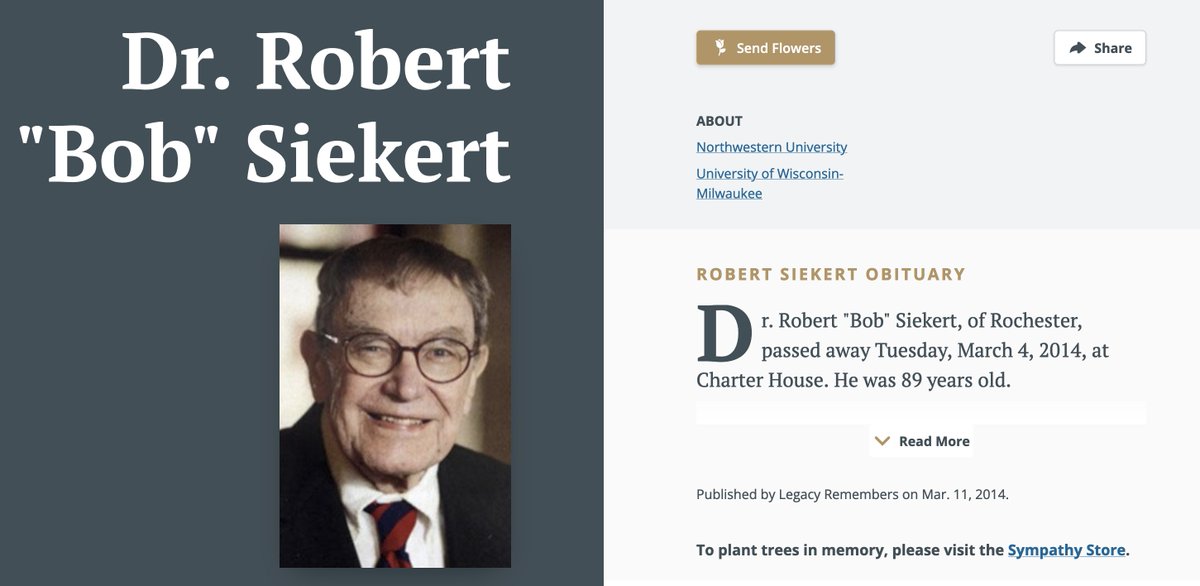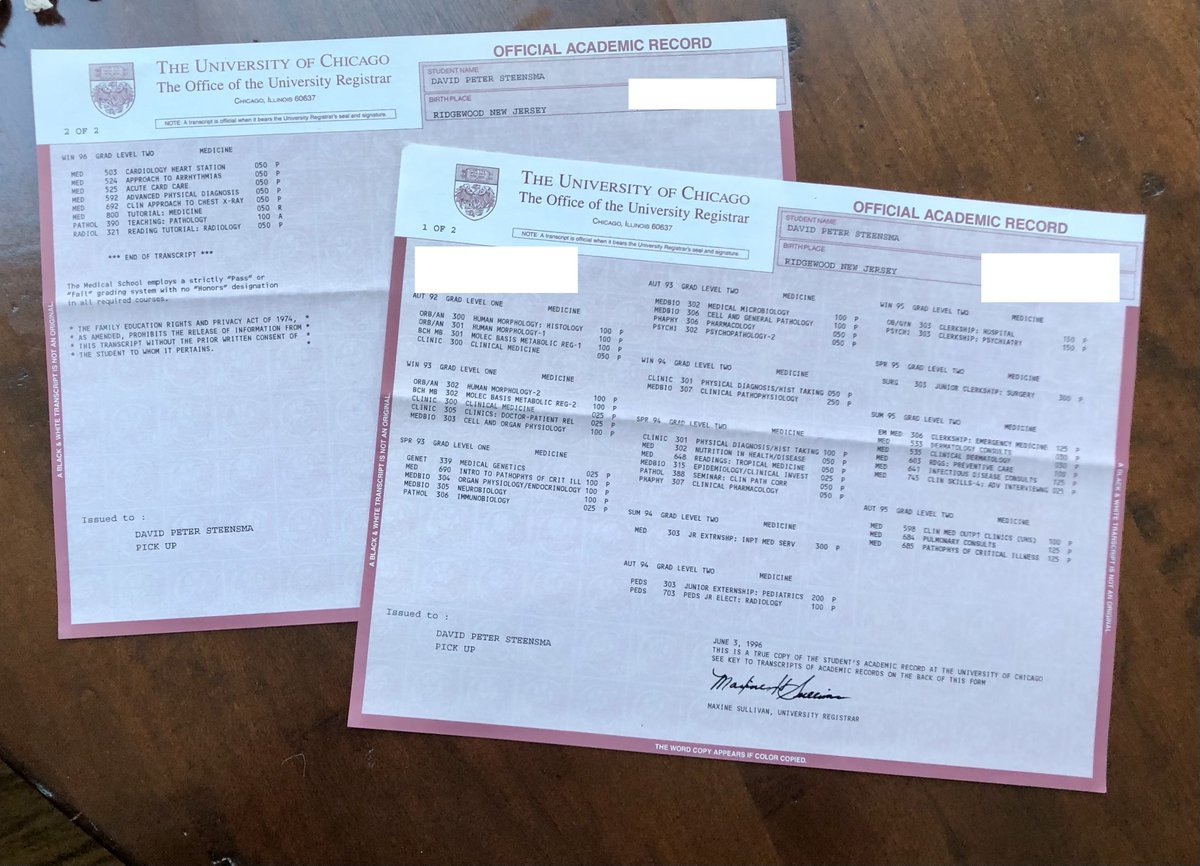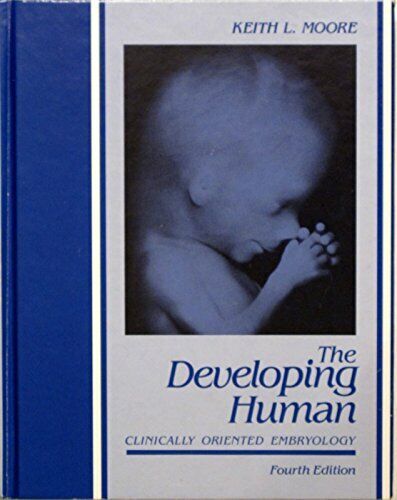Today marks the end of an era: publication of the final philatelic vignette (authors.elsevier.com/a/1g-uM5qq8Xpp3) co-authored by Robert Kyle @MayoClinic. Bob turned 95 this year and decided to step down from helping prepare these. He published his first vignette @JAMA_current back in 1969!/1 

This longstanding series focused on medical & scientific-themed postage stamps began in 1961. At the 109th Annual Meeting of @AmerMedicalAssn in the then-new convention center in Miami Beach, Florida in June 1960, John Mirt (1897-1968) discussed “Medical Pathfinders on Stamps”./2 



At the time, Mr. Mirt – a devoted Freemason - worked in press relations for the AMA in Chicago. After the meeting, he was asked by then-editor of @JAMA_current John Talbott (1902-1990) to start composing short articles about physicians & scientists featured on postage stamps./3 



This was about the same time JAMA began to feature artwork on its cover (1964) to reflect the humanism in medicine. One additional purpose of the stamp vignettes was to “fill in white space” at the end of published articles. Most, like this one about van Swieten, were not long./4 

Here you can see a typical vignette “in situ” in a 1972 issue of @JAMA_current, featuring a Polish stamp with a rather unflattering portrait of Sir Isaac Newton (1643-1727), shoehorned into a small box at the end of an article about blood transfusion services...in New Jersey.🤪/5 

Between 1961 and his death in May 1968, John Mirt published >200 “Medical Pathfinders on Stamps” vignettes. After Mirt died, George Fite (1904-1993), senior editor of JAMA from 1965-1974 and a famed leprosy pathologist, asked Bob if he would compile the vignettes into a book./6 



Bob got interested in stamps in 1965 after injuring his back while examining a patient & being hospitalized for 40 days of bedrest. He bought a Scott catalogue and outlined every stamp about either cancer or blood transfusion, then tried to collect them./7 intheloop.mayoclinic.org/2019/05/02/dr-… 

That was a common medical practice back then: prolonged #bedrest, usually as an inpatient, for many conditions. When my maternal grandfather developed myocarditis after a smallpox vaccine in 1963, for example, he was prescribed 6 weeks in bed. The VTE rate must have been high!/8 

Bob asked his friend Marc Shampo, PhD (1924-2019) to help him with the book & vignettes. Marc was a passionate collector who joined Mayo’s staff in 1962 (a year after Bob started) to worked in publications. This pairing continued until Marc became too frail to continue in 2016./9 

JAMA editor Fite asked Bob and Marc to continue the series John Mirt started. Between 1969 and 1984, Bob and Marc published more than 330 vignettes in @JAMA_current. Reading these now, the language seems a bit old fashioned, but they're still interesting./10 

Bob described how he got started in stamps in an @ASCOPost interview in 2019 (ascopost.com/issues/april-2… Aided by the @AABB, Bob was a key driver behind the US 6c blood transfusion commemorative stamp in 1971 - here's a First Day Cover: /11 

Bob also was interviewed @ASHClinicalNews in 2015 for the "PASH-ions" section. He noted, "I was awarded the John Brain Medal in the late 1960s. In 1980, I earned the Myrtle Watt Award for Medical Philately Journalism for the vignettes that I authored...
ashpublications.org/ashclinicalnew…
ashpublications.org/ashclinicalnew…
...I [Bob Kyle] also became active in the American Topical Association @AmerTopical, a large philatelic organization, and became president of its Medical Subjects Unit for five years, as well as being named a Distinguished Topical Philatelist in 1982." @APS_stamps /13 



In 1984, JAMA decided to go in a different direction and discontinued the vignettes. The editor of @MayoProceedings at that time, Robert G. Siekert (1925-2014), invited Bob & Marc to publish vignettes in the Proceedings, where they've lived ever since - 39 years and counting./14 



In 2004 when I returned to @MayoClinic from @MRC_WIMM in Oxford, Bob asked me to join him and Marc in preparing vignettes. In his words, “Marc and I aren’t getting any younger.” This Murad vignette was the first one I was involved with of ~60 so far; it published October 2004./15 

I'm not a very active collector, but I started collecting stamps as a small boy circa 1980, inspired by my paternal grandfather. He gave me these colorful 1934 National Parks imperforate stamps, which were some of his own favorites & which I mounted for display at his funeral./16 

Recently I talked about stamp collecting (including the famous 1947 USA Luke Fildes 'The Doctor' stamp) and many other topics in an @ASCO “Oncology, Etc.” Podcast hosted by Dave Johnson and Pat Loehrer. Link to the 1st part here: auwpod.libsyn.com/oncology-etc-i… /17
Earlier vignettes were compiled into 3 “Medicine & Stamps” volumes - here are my copies. Volume 1 (red cover) was published by the AMA in 1970 (originally $4), vol. 2 (gold) by Robert Krieger Publishing in Huntington NY in 1980, vol. 3 (blue cover) by Mayo Foundation in 2004./18 

At this point, about 6 vignettes are published per year. Editorial assistant Peg Wentz @MayoProceedings has been a steadfast champion of the series (thank you Peg!), and Mayo hematologist Tom Witzig is helping me write them now that Bob Kyle has stepped back./19 



I’ve shifted them away somewhat from biography (fewer stamps honor individuals anyway. Next month is about these beautiful new USPS "Life Magnified" commemoratives & microscopy history. I intend to continue as long as @MayoProceedings is willing to keep publishing them./20End 

@MayoProceedings @UnrollHelper Unroll
• • •
Missing some Tweet in this thread? You can try to
force a refresh
































